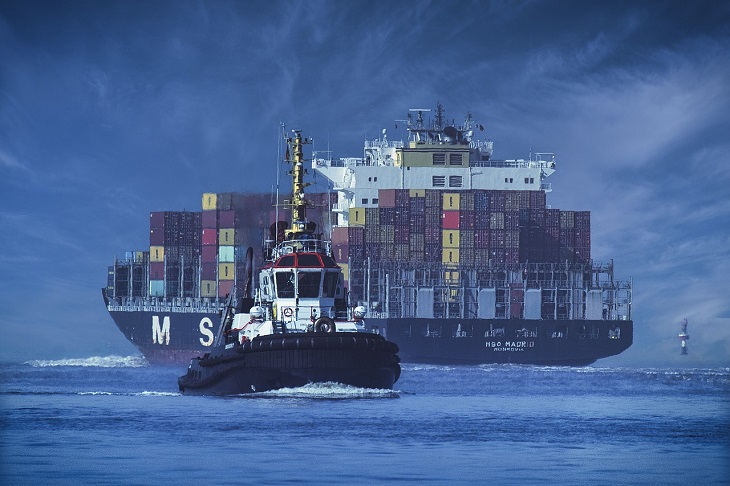If the events of the past few years are to teach us anything, it is the fact that global trade trends are as fluid as they come, and businesses need to be highly adaptable to survive. In the recent past, disruptive events like the COVID-19 pandemic and the war between Russia and Ukraine have shaken up global supply chains, leading to calls for a ‘new normal’ in the way business is conducted. The recent tariff war sparked by US President Donald Trump is just the latest in many disruptive developments on the global trade stage, and more are bound to come.
Despite the uncertain nature of global trade, businesses that understand these challenges and implement effective strategies to counter them are the ones that end up weathering the storm. For businesses to survive the global trade winds that separate the chaff from the grain, they must adopt strategic responses that can cushion them against unforeseen circumstances. After all, to be forewarned is to be forearmed.
One sure way of navigating global trade challenges is through risk assessment and contingency planning. This involves identifying potential vulnerabilities, assessing their impact, and creating procedures to address them.
Any business worth its salt should be able to periodically evaluate internal and external factors that could disrupt operations, such as market conditions, economic changes, political instability, natural disasters, cybersecurity threats, and supply chain disruptions. Once the risk is identified, it is important to determine the potential severity of each risk and its potential consequences on the business. Once this is done, the business should prioritize its risks by focusing on the risks that are most likely to occur and have the greatest potential impact.
Businesses can also guard themselves against the disruptions in global trade by diversifying their supply chains. By spreading risk across diverse suppliers and regions, businesses can augment their resilience and avoid dependence on single sources, ultimately mitigating the impact of trade disruptions. To attain diversification, businesses can expand their supplier base by spreading supply chain activities across different countries and regions. They can also explore emerging markets by developing partnerships with suppliers in emerging economies to gain access to new sources and potentially lower costs.
In today’s post-modern world, technology comes in handy in solving most of our challenges, and global trade is not an exception. The rise of Artificial Intelligence and digital computing has created access to several tools that can help businesses navigate and thrive in the face of global trade challenges. Through the employment of the right digital tools, businesses can improve supply chain visibility, streamline customs processes, enhance communication, and reduce trade costs, ultimately becoming more resilient and competitive in a shifting global market.
It is also important to note that technology is a major disruptor in the global trade market and but one that works for you if you embrace it. Digitalization plays a vital role through its ability to establish risk management solutions, automate processes, and reduction of costs.
For a business to survive global trade winds in today’s interconnected world, there is also a need for flexibility, especially in times of crisis. To survive global trade challenges, businesses should be ready to prioritize adaptability, compliance, and collaboration. Networking is key in keeping abreast with the latest developments in the market, and this can be attained through forging strategic alliances with other businesses to share resources and expertise.
By being adaptable, businesses will be able to understand and navigate issues like trade barriers, regulatory changes, and customs procedures. For instance, following the recent announcement of new tariffs by the Trump administration, businesses with foresight will ensure they research and understand the implications of the new tariffs and import duties in their markets to ensure proper calculations and avoid unexpected costs.
One of the unavoidable global trends that businesses cannot ignore today is the threat of climate change. Businesses, the world over, cannot avoid disruptions caused by climate extremes like flooding, and it is important for businesses to adopt sustainable business practices that do not exacerbate the deteriorating climate situation we find ourselves in. Businesses should work to implement green supply chains by implementing environmentally friendly practices to ensure long-term sustainability.
To survive the slippery nature of global trade, businesses need to develop a proactive and planned approach, which is necessary to successfully navigate the complicated world of global trade challenges. Businesses may reduce risks, streamline supply chain operations, and secure long-term success in the global marketplace by planning and anticipating disruptions. While challenges in international trade are unavoidable, businesses can effectively address these issues through pre-planning and strategic application, thereby ensuring smooth operations and sustainable development.
Related Content: Carrefour Opens A 24-Hour Store On Kenya’s Global Trade Center
By Job Kemboi | Group Chief Operations Officer, Siginon Group
Email: corporate@siginon.com













